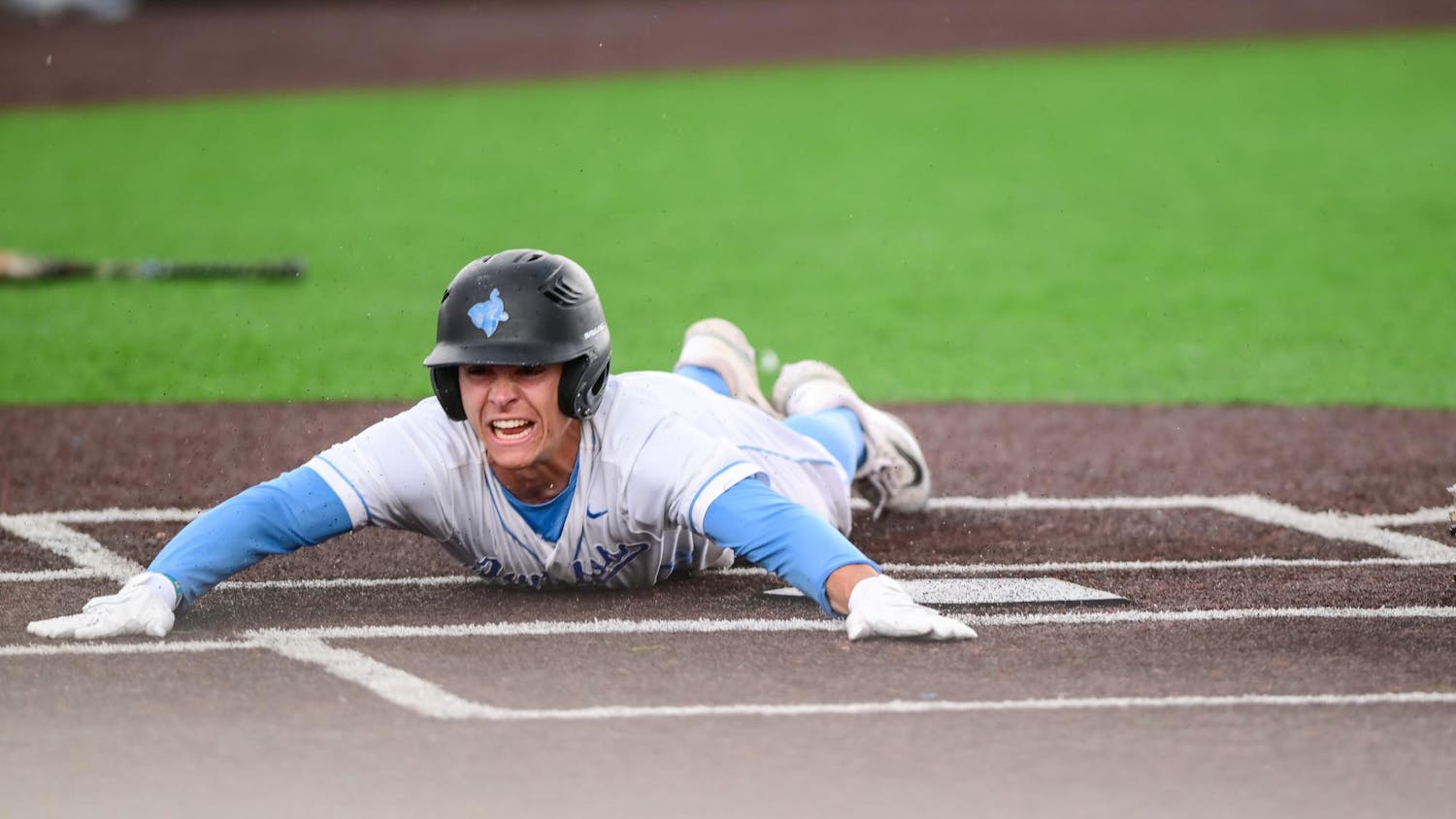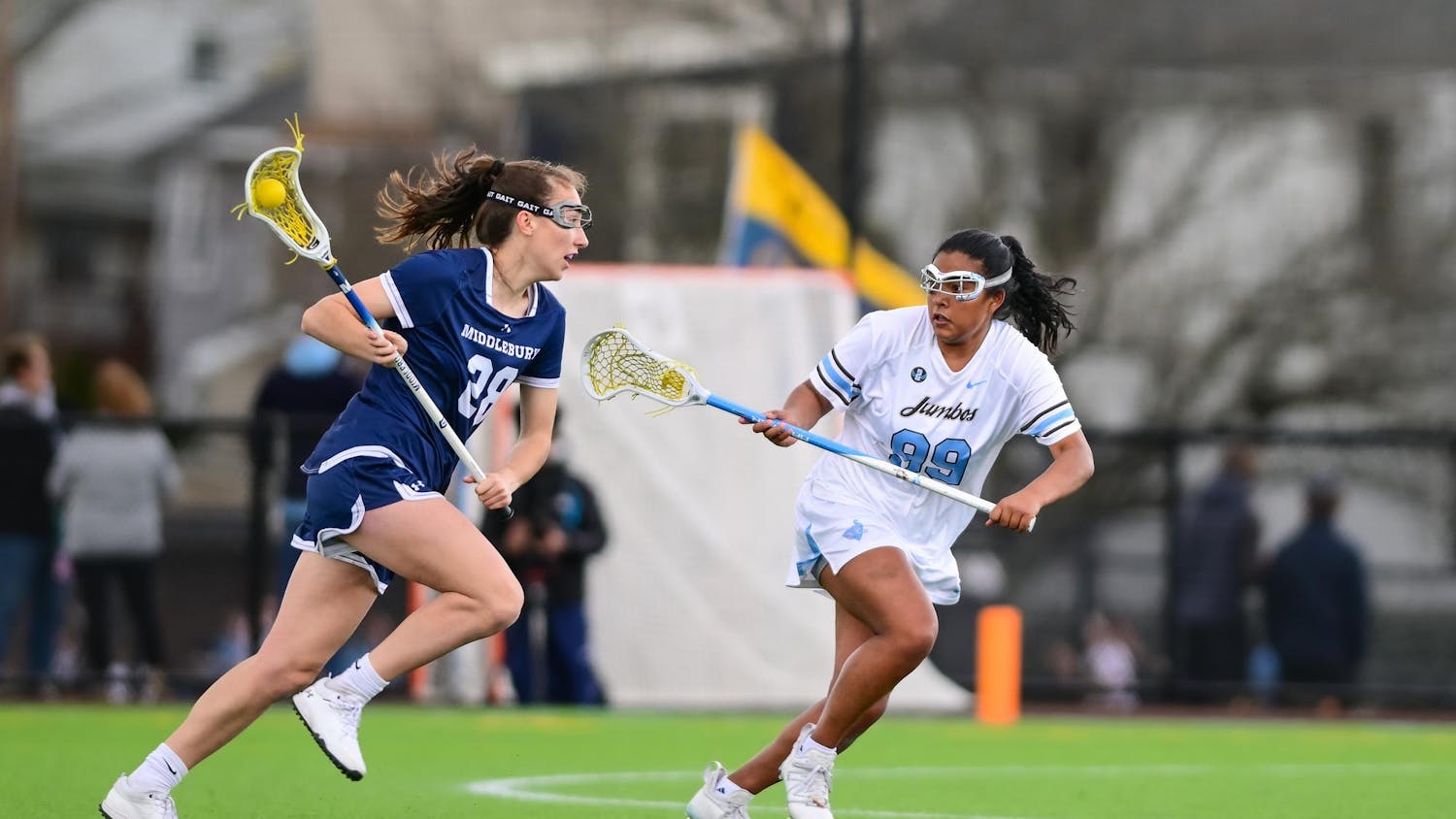The Big East is home to five of the AP's top-25 teams in the nation. The Mountain West Conference contains three. Even the Ivy League is represented in the ESPN/USA TODAY poll, with Cornell ranked No. 22.
And then there is the Pac-10. There is a distinct possibility that a conference that had six teams in last year's NCAA Tournament might not have more than one dancing come March, meaning no at-large bids.
The trouble for the Pac-10 starts with the University of Southern California (USC) Trojans, which will not be participating in postseason play this year after the university instilled self-imposed sanctions on the basketball team due to violations of NCAA rules dating back to the recruitment of the highly touted O.J. Mayo, who now starts for the Memphis Grizzlies.
The Trojans might actually have the best résumé in the conference thanks to victories over the No. 12 Tennessee Volunteers and the No. 23 UNLV Rebels, and they beat current Pac-10 leader California last week, 66-63. But regardless of how USC finishes, the Trojans' season will end in less than a month.
The rest of the conference is muddled together, as there are five teams a game behind first-place Cal in the Pac-10 standings. The Golden Bears were ranked No. 13 in the preseason polls, but have stumbled to a mediocre 15-8 record, including a 7-4 in-conference mark. This comes in spite of the Golden Bears returning their top four scorers from last season, including a pair of all-conference first-teamers in seniors Jerome Randle and Patrick Christopher.
Still, Cal is probably the best bet at the moment to represent the conference in the NCAA tourney, even if it is currently 0-3 against teams ranked in the top 25. The Golden Bears are the only team in the Pac-10 with an RPI in the top 50, sitting at No. 25. If Cal does not win the conference tournament, it is likely the only team in the conference that has a legitimate shot to earn a spot off the bubble.
What, then, happened to the other teams that made the tournament last March? The Arizona Wildcats reached the Sweet 16 as a No. 12 seed before bowing out to the Louisville Cardinals last year. Now, the Wildcats are barely hovering above the .500 mark at 12-11 under the direction of former Xavier coach Sean Miller and have gone 6-5 in conference tilts.
Arizona lost its arguably two top players to the NBA — lottery pick Jordan Hill and swingman Chase Budinger — while fellow traditional Pac-10 heavyweight the UCLA Bruins also lost three of its best players to the professional ranks. With an 11-12 record, the Bruins are enduring their worst season since Ben Howland took over the program in 2003, when they finished 11-17 overall.
But despite abysmal seasons for these two teams that have been perennially ranked in the top 25, the biggest disappointment in the Pac-10 might be a team that many thought was poised to make a leap to national prominence.
The Washington Huskies were ranked No. 14 in the preseason polls after ending last season with a narrow 76-74 loss to Purdue in the second round of the NCAA tournament — Washington was a No. 4 seed in last year's bracket. The Huskies have faltered in conference play, spoiling the breakout season of senior Quincy Pondexter, who has looked like the best player in the conference while averaging 20.6 points and 8.3 rebounds a game, and the presence of last year's Pac-10 Freshman of the Year in Isaiah Thomas.
The biggest issue for coach Lorenzo Romar's team has been its struggles on the road. Washington has played just five games away from the Bank of America Arena in Seattle and has not emerged with a single victory. That mark includes four conference losses.
Washington, at 6-5, is currently second in the conference but, with a 16-7 overall mark, has a chance at being a part of March Madness. Of course, if the Huskies cannot win on the road — where they will play five of their next seven games — their chances of dancing next month will be gone.
Regardless, the Pac-10's performance as a whole has been entirely underwhelming. It could turn embarrassing come Selection Sunday if the major conference receives fewer bids than a number of less-prestigious leagues. The last time the Pac-10 had fewer than six teams in the NCAA tournament was in 2006, when it had four. This year, it will be lucky to have half that number.
It has certainly been a hard fall to mediocrity for a conference that usually held its head up high in the world of college basketball.





